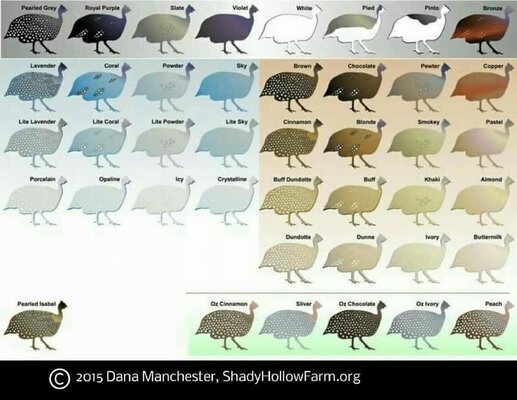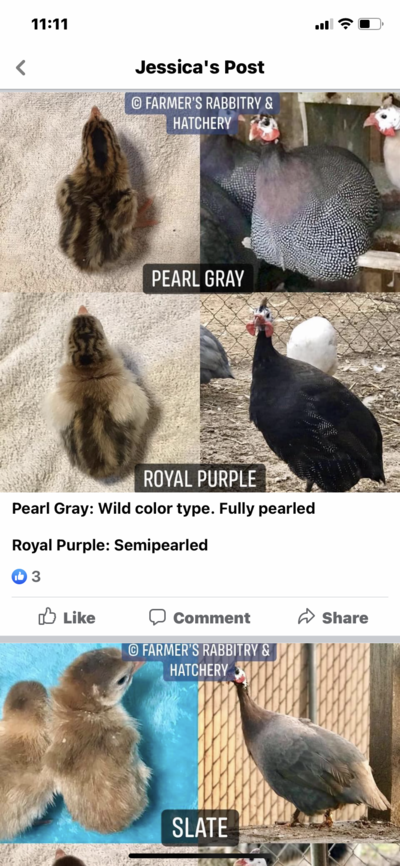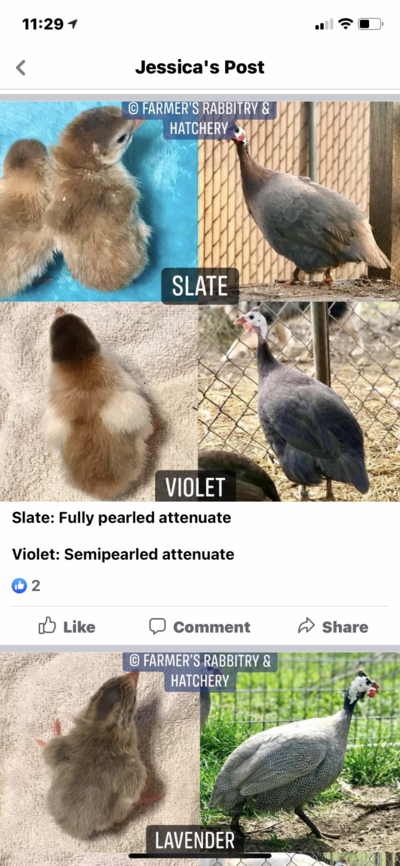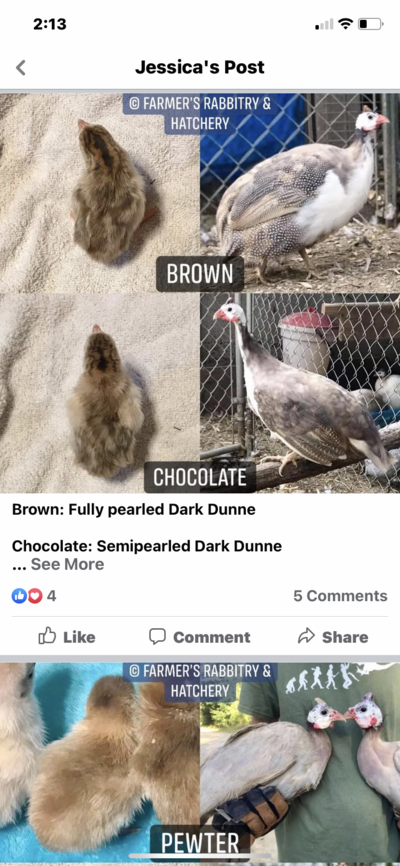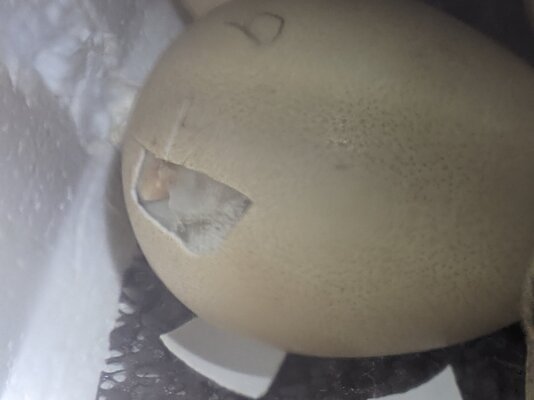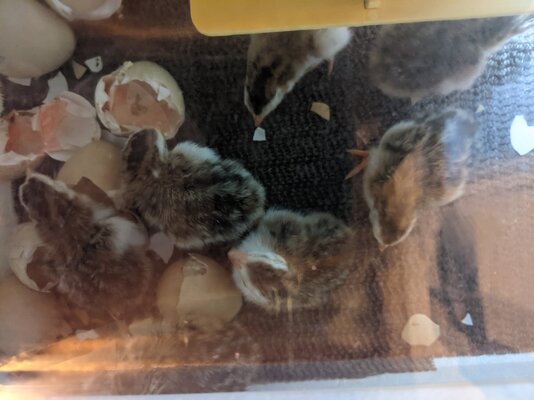It does not require a Pearl Gray to make a Royal Purple. It might be a possibility. There is too little real information about what causes Royal Purple.I read it took a gray pearl and slate, I think, (gray)? R2elk would probably know if that's correct. I love waiting and watching all the wonderful colors that come out of the eggs. It's so fun!
I create Royal Purples every year by breeding a Chocolate male to a Coral Blue hen. It may work the other way too. It happens too often for it to be caused by a mutation. I am sure there are other ways to make Royal Purples.




